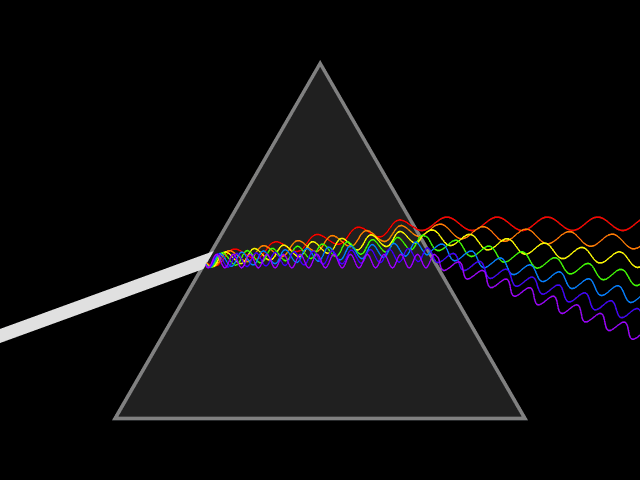
We humans rely heavily on light and images to extract information about the world around us. It may then seem odd that I would choose to use the leech, a worm with simple “non-image forming” eyes to examine the neurobiology of vision!
But for a moment, imagine what we mean by an image. Is an image in the eye or is it in the mind? Or perhaps both?
I suggest both. The image falling on a vertebrate retina is deconstructed by the circuitry so that it is information about features of images that are projected to the brain. Each adjacent small area of the visual field is simultaneously analyzed and conveyed by multiple parallel outputs. Distinct features like spectral or luminal contrast, edges, movement, etc. are encoded by the output neurons and projected into the brain where they form patterns of convergence, divergence, using combinations of excitation and inhibition to generate even more abstract representations of an image.

Source: fastcodesign.tumblr.com
Glass brain flythrough –
Gazzaleylab / SCCN / Neuroscapelab Glass Brain Project, UCSF
To represent an image in the visual field requires; 1. an ability to detect light and encode visual features and 2. regular mapping of the external world onto a 2 dimensional pixel array (note, array could be horizontal or vertical) which can then be mapped into the CNS. My overarching hypothesis is that the leech visual system extracts image information using the arrays of simple eyes (both cephalic and dermal) and feeds this information into the CNS to inform behavior. (Oddly enough, I began this in 1981 with a research project that looked at whether the leech could compare light across dorsal and ventral surfaces. At the time I only used white light and responses were small so I set it aside. More than 30 years later I revisited this in a very productive way.)
In other words, central representations of images, rather than simple point-to-point images, are bound together in the CNS as patterns of neuronal activity. In this way, we are showing that the leech visual system is also extracting image information and mapping it into the CNS.
There remain many unanswered questions about how visual features are extracted, represented and encoded. It remains a central challenge for neurobiologists to understand how neural circuits encode visual information, hence our interest in the very accessible leech visual system.


